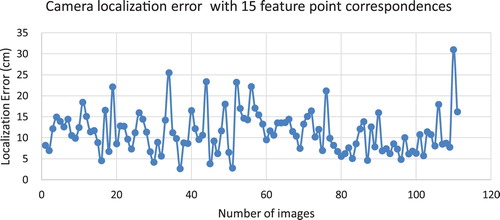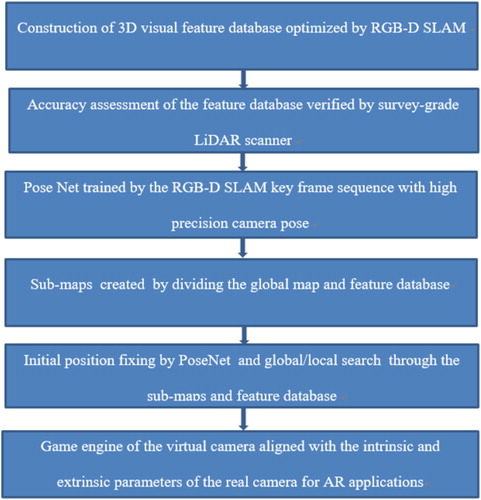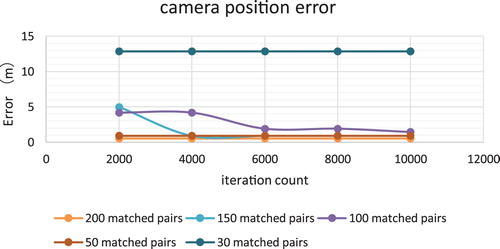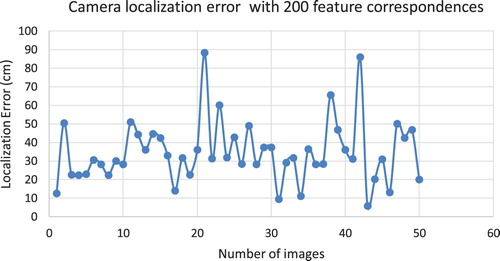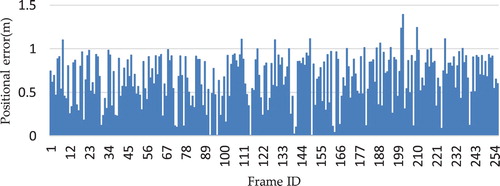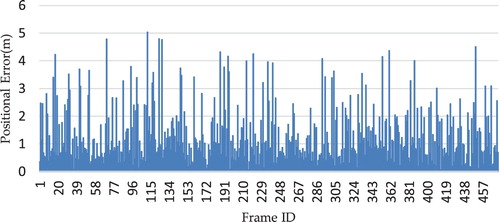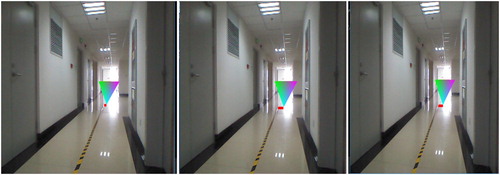Figures & data
Figure 1. RGB-D 3D feature data base (left); Velodyne LiDAR of the same environment; alignment of LiDAR and RGB-D feature database.
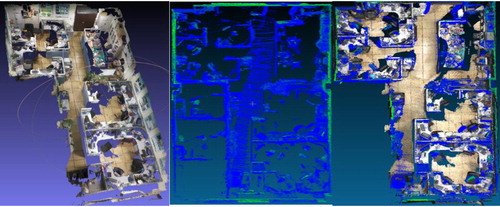
Figure 2. RGB-D 3D feature database closely aligned with Rigel vz1000 terrestrial LiDAR point cloud.
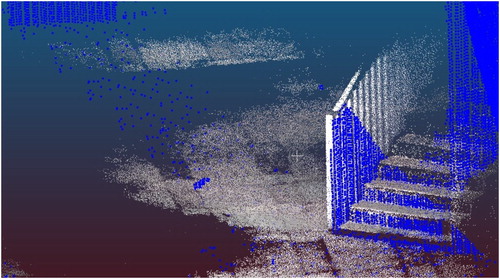
Figure 5. 3D dense point cloud (left); an example frame (middle); the sparse 3D feature database (right).

Figure 7. Camera localization error from the original image set used for constructing the 3D feature database.
